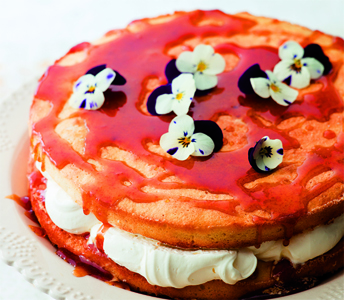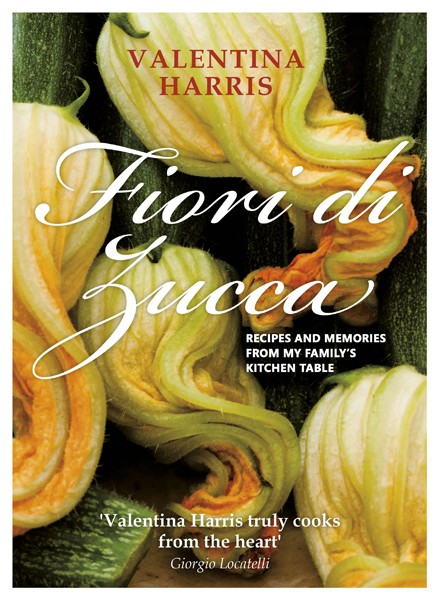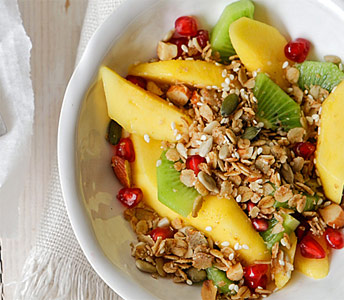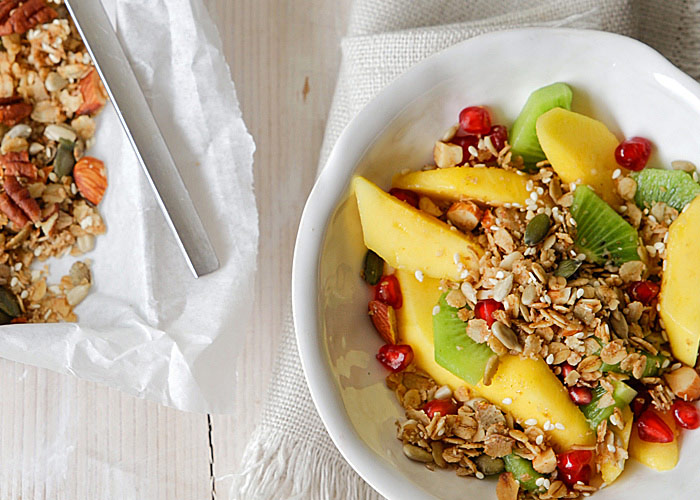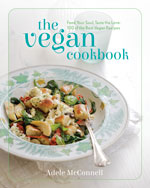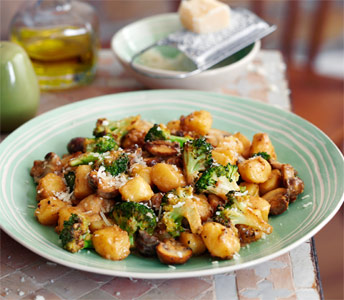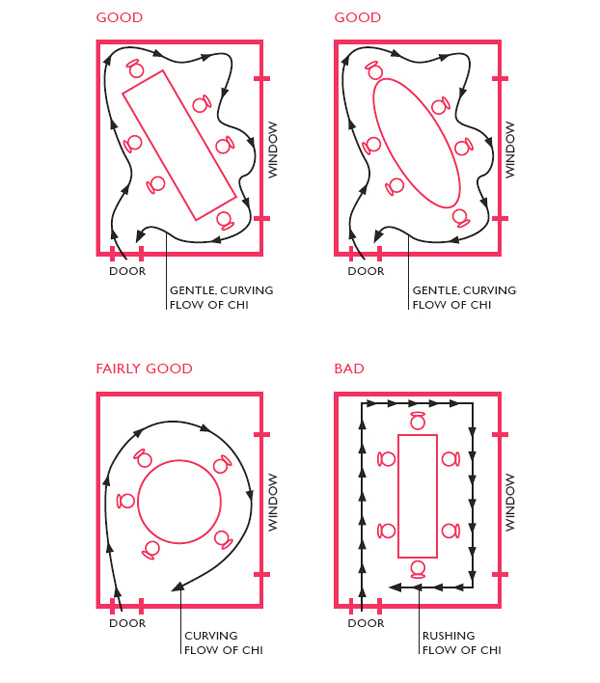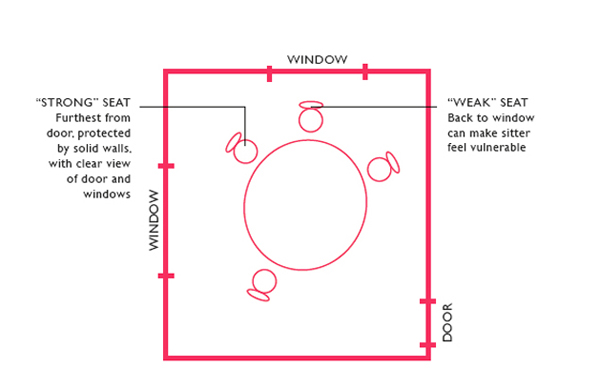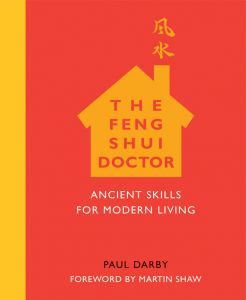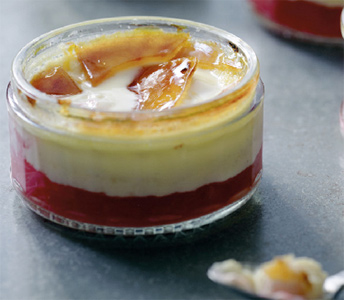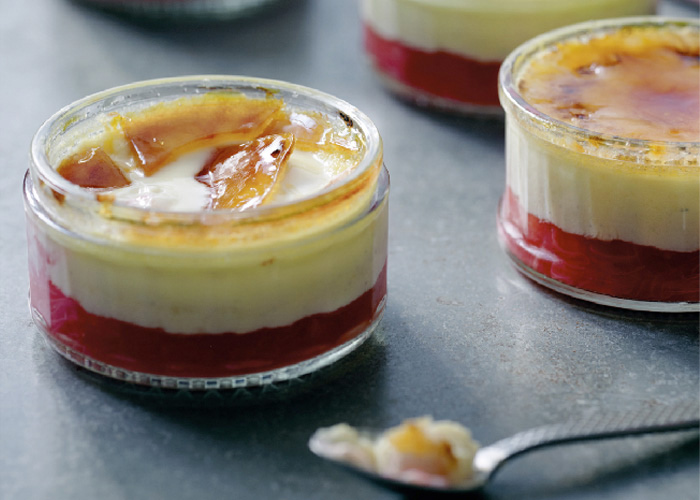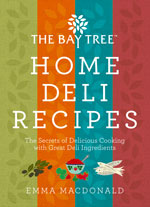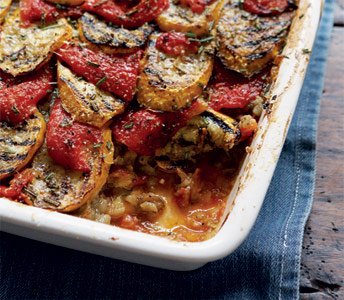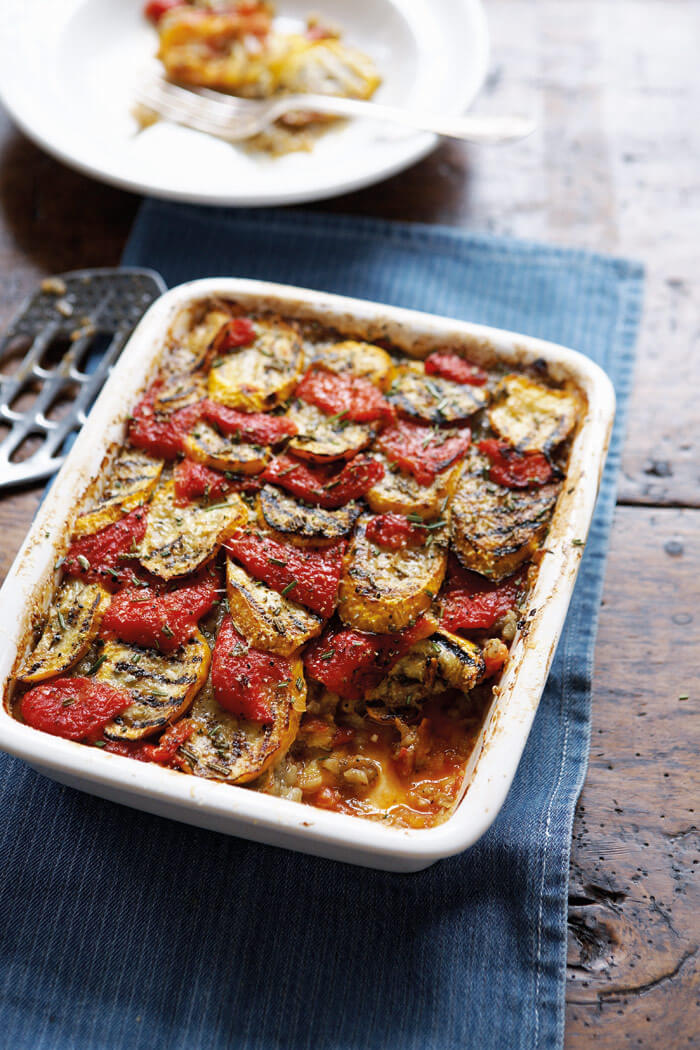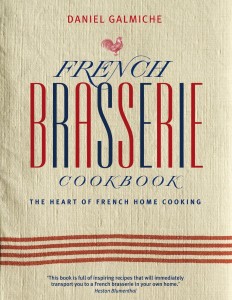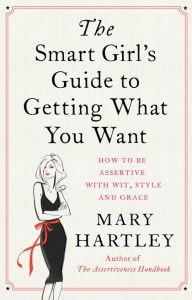Spring clean your body with the weekend juice detox!

Spring clean your body with Christine Bailey’s weekend juice detox!
Do you need to kickstart your weight loss in time for summer? Do you feel sluggish and tired? If so, try Christine Bailey’s Juice Blitz detox this weekend!
‘Designed to motivate you to start losing weight with the minimum effort, my two day detox programme is packed with slimming, nourishing juices supercharged to clear out your system, improve digestion and aid weight loss.
Below, I’ve included all the information you need to map out your juice weekend so that it’s blissfully stress-free. There’s a two day planner, with suggested juices and meals for each day. All the recipes can be found in my Juice Diet book, and I’ve included a deliciously healthy Pineapple Crush recipe below to get you started. If a juice doesn’t take your fancy, feel free to swap it for something similar – this detox is about feeling great after all!
Whether you follow my two-day plan or choose your own juices for your blitz, feel assured that at the end of the two days you’ll be well on the path to a noticeably slimmer, healthier, more vibrant you.
This programme is a highly effective kickstart to a weight-loss plan, but it’s not intended as a long-term diet. To get the best results, read these preparation guidelines carefully and follow them as closely as you can.
Weekend Juice Detox Plan
Be prepared
Before you do anything else, pick a date to start your weekend detox and write it in your diary – this will help make sure you stick to your start date. A long weekend is ideal for this programme,
so that you have a day to prepare and two days to blitz. On your preparation day avoid all animal protein and eat only light meals that include plenty of vegetables, fruit, fish and eggs. Steer completely clear of cream and cheese, but its okay to have a little low-fat, natural yogurt, if you like. Take special care to drink at least 6 glasses (1.5 litres/52fl oz) plain, filtered water and start cutting down on your coffee and tea consumption. At bedtime, take 1 tbsp flaxseed in a large glass of water to give your systems of elimination a boost.
Plan your juicing
To make your weekend juice detox as easy as possibly, Write down all the ingredients you’ll need so you can have them all at the ready. It’s important to ensure that you include at least one green juice daily to maximize your nutritional intake.
Supplementary support
I recommend that on both days of the detox you supplement your juices and snacks with a multivitamin and mineral formula, an antioxidant or liver-support supplement and an essential-fat (fish-oil or flaxseed-oil) product. Buy these in advance and choose the best-quality supplements you can afford. Your local health-food store should be able to advise you.
On each day of the programme:
Avoid these foods:
Gluten foods, such as wheat, barley, rye and spelt
Dairy foods, except for low-fat natural yogurt
Caffeine
Alcohol
Refined carbohydrates (sugary foods and drinks; pastries; white bread, rice and pasta; processed foods and ready meals)
Trans and hydrogenated fats, which are found in deep-fried foods
Red meat and processed meat products, such as sausages, corned beef and burgers
Salt (especially look out for salt in processed foods, ready meals, snacks, sauces, soups and so on)
• Drink at least 6 glasses of water
• Take 1 tbsp flaxseed or 1–2 tsp psyllium husks in water or a juice
• Take 1 tbsp ground mixed seeds
• Drink four juices, one of them green
• Include healthy snacks
• Drink herbal teas
• Take gentle exercise (around 15 minutes in the morning and again the afternoon)
• Treat yourself to a cleansing treatment
After the detox, keep the first day light and simple, then reintroduce excluded foods (such as meat and dairy) slowly.
Below is a menu for your juice diet on Saturday and Sunday. Try to follow it as closely as possible to get the most from your juice detox!
Saturday Juice Detox Plan

On waking Large glass of hot water with juice of ½ lemon
Breakfast Lemon Green Cleanser juice recipe, then take supplements
Mid-morning Glass of water with milk thistle tincture (according to manufacturer’s instructions); large
mug of chamomile tea; 2 tbsp pumpkin and sunflower seeds and 2 plums
Lunch Pomegranate Pick-me-up juice; large bowl of mixed, leafy green salad with handful sprouted
seeds and 2 tbsp shelled hemp seeds
Mid-afternoon Glass of hot water with juice of ½ lemon or cup of fennel tea; cucumber and celery crudités with 3 tbsp nut pâté or hummus
Dinner Beet and Orange Crush juice and a bowl of Bean and Vegetable Soup.
To make the soup, chop into chunks ½ red onion, 1 carrot, 1 celery stick, ½ sweet potato, ½ red pepper and 1 tomato. In a saucepan, sauté the onion in ½ tsp of olive oil, then ad all the other ingredients. Pour in 300ml/10½fl oz/scant 1¼ cup low-salt vegetable stock, bring to the boil, then reduce the heat to low, cover with a lid and simmer for 10-15 minutes until the vegetables are tender.
Add 200g/7oz tinned cannellini beans and heat through. Serve the soup chunky as it is or purée to make smooth. Serve with tapas of 2 tbsp pitted olives and 4 marinated globe artichoke hearts
Evening Lettuce and Apple Sleepy Head juice ; handful almonds and 1 pear
Bedtime Large mug of lemon balm tea
Sunday Juice Detox Plan
On waking Large glass of hot water with juice of ½ lemon
Breakfast Green Queen juice, then take supplements
Mid-morning Glass of water with milk thistle tincture (according to manufacturer’s instructions); large cup
of peppermint tea; handful walnuts and 1 apple
Lunch Pineapple Cleanse (see below); mug of miso soup and a selection of raw vegetable sticks (such as carrot, celery and cucumber) and a small pot of hummus or a bowl of mixed salad with a dressing made with 2 tsp flaxseed oil and 2 tsp lemon juice
Mid-afternoon Glass of hot water with juice of ½ lemon; small bunch of red grapes and 1 tbsp mixed seeds
Dinner Deep Root Cleanse juice, large bowl of mixed salad, including plenty of colourful vegetables, such as pepper, beetroot, carrot, celery, radish and so on, topped with 200g/7oz tinned mixed beans (drained) and large handful sprouted seeds; glass of water
Evening Cherry Melon juice, handful cashew nuts
Bedtime Large mug of valerian or chamomile tea
Next week
On the Monday following your weekend juice detox, keep your meals light and somple. Thereafter, reintroduce excluded foods (such as meat and dairy) slowly so that you don’t overload your system.
To get you started with your weight-loss, energizing weekend, here’s a recipe for the Pineapple Cleanse
Pineapple Cleanse Juice Recipe

Perfect for if you’re feeling a bit sluggish. Fennel contains essential oils such as anethole, which are mildly diuretic and help the body get rid of excess fluid to make you feel instantly lighter. Pineapple, aloevera and ginger are well-known digestive aids.
Ingredients:
½ pineapple, peeled
2 apples
1 fennel bulb
2cm/¾in ginger root, peeled
1 tsp aloe vera juice
ice cubes, to serve
Juice all the ingredients in a juicer, then blend together with the aloe vera. Serve over ice.
Health benefits of the Pineapple Crush
Pineapple contains the healing enzyme bromelain, which helps break down protein, reduce inflammation and aid digestion. Pineapples are rich in beta-carotene and vitamin C, two of the many antioxidants that protect the body from free-radical damage, plus vitamin B1, which we need for energy production.
Nutritional analysis per serving: Calories 126kcal • Protein 2g • Carbohydrates 29.3g [of which
sugars 28.4g] • Fat 0.7g
For more advise and recipes on juicing and detoxes, take a look at Christine’s The Juice Diet. With more than 100 recipes, this book will enable to your to lose weight and feel great as you do it!
£10.99 Paperback
Order the book, with free postage in the UK, now!







